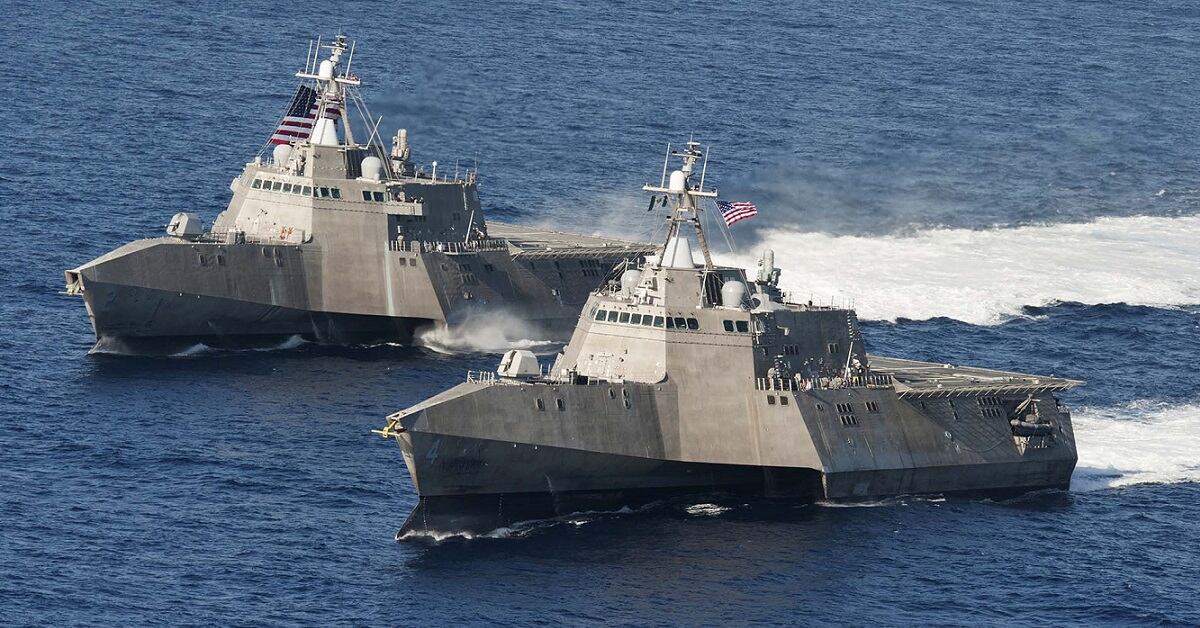A message to Congress: It’s time to kill the JSTARS.
Let’s be clear: What you have in the E−8C Joint Surveillance Target Attack Radar System is a system that no longer meets the needs of modern warfare — at least not as effectively as alternatives that can take advantage of the extensive advancements that have happened during the last three decades. One can argue for modernization efforts that act as Band-Aids until a new platform can be operational — which is ultimately one part of the plan put forth by the U.S. Air Force when they first announced plans to scrap the recap. But investing in a new version of the aircraft simply boxes the service into a legacy approach to a segment of warfare that hinges on advanced technologies.
Some of this is about preserving jobs in certain congressional districts; it always is — a concept that needs to be identified as the albatross that it is. This is why earmarks got banned.
But it's also a reflection of members of Congress looking too near term. Invest in a new platform now, and restrict the Air Force's ability to invest in a more advanced platform later. Why would they bother? It would be a huge investment that would be near impossible to rationalize.
I’ve written in past editorials that the Pentagon and Congress alike need to let programs die when their time has come. That’s particularly true when advanced technology is a factor, as it is here. At least in the case of the Warfighter Information Network-Tactical system, or WIN-T, the Army was cleared to halt the program, knowing funds would be better filtered to capabilities that could deliver a more survivable, mobile and hardened tactical network. Of course, networking technology doesn’t translate to big production lines, so shutting it down is easier for Congress to get behind. JSTARS is more complicated.
RELATED

And while we’re at it, retire the A-10, too.
Here you have an aircraft — beloved by many — that is ultimately duplicative of capabilities offered by other platforms. It’s not apples to apples. But to spend the money to maintain a platform that is ultimately limited to uncontested skies and that is unsuited for operating against more sophisticated air defenses, is impractical. I realize the situation with the A−10 for Congress is different. As one colleague of mine put it, this is viseral. Congress and Air Force leadership alike have heard directly from war fighters about how their lives were saved by the Warthog. That’s persuasive. But a lot has changed, both in terms of the types of conflicts we are or expect to be involved in, and the capabilities offered by newer aircraft. Funneling dollars to keep in the air a platform that is essentially suited for missions in two countries, which can be accomplished through other platforms, is by definition government waste. It’s time.

And for those advocating for aircraft that served the U.S. military well, as both of these aircraft have certainly done, all must remember that the losers from such decisions are obviously the services themselves, forced to allocate funds to keep programs meandering forward. It’s also the programs constantly bumped to the right until the budget environment is such to allow for a new start, with service leaders forced to push even harder year after year to rationalize their existence. And it’s the service members that miss out on capabilities.
None of this is to say the military services should decide in isolation the fate of all programs; nor does it mean that financial consideration should not be factored in when deciding the future of an existing or proposed acquisition program that could cost billions of dollars. Should Congress have forced the Navy to buy Super Hornets it never asked for? Hard to say. It may seem rediculous to buy fighters to ensure a production lines keeps humming, but there are overhead costs associated with production restarts that at least offer a rational argument for such a decision.
And maintaining programs when the platforms in question could meet requirements with incremental upgrades — think the U-2 and Global Hawk — can be practical as well.
But does it make sense that source selection for the JSTARS recap — a program the Air Force clearly wants to scrap — is technically ahead of the still ongoing T-X trainer jet program, which few argue is a priority and has faced one delay after another for 15 years?
It does not.
Jill Aitoro is editor of Defense News. She is also executive editor of Sightline Media's Business-to-Government group, including Defense News, C4ISRNET, Federal Times and Fifth Domain. She brings over 15 years’ experience in editing and reporting on defense and federal programs, policy, procurement, and technology.








